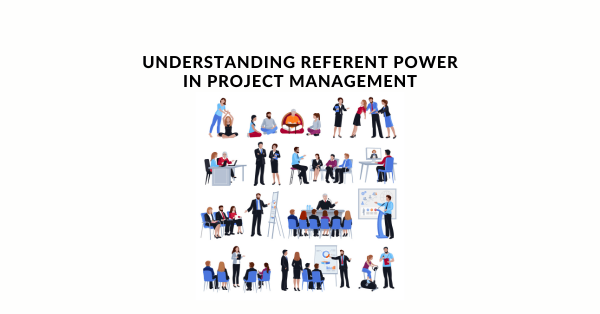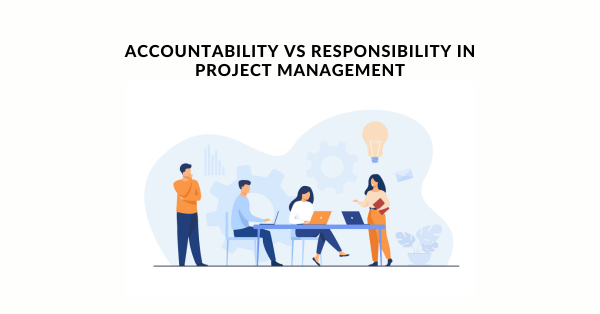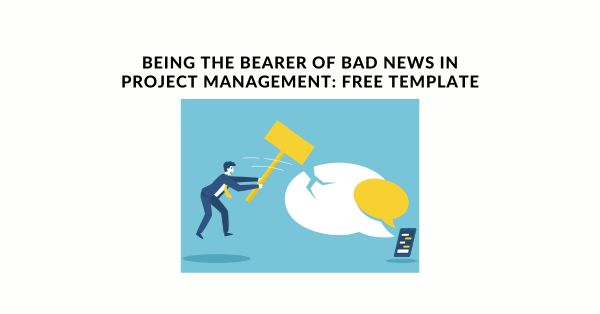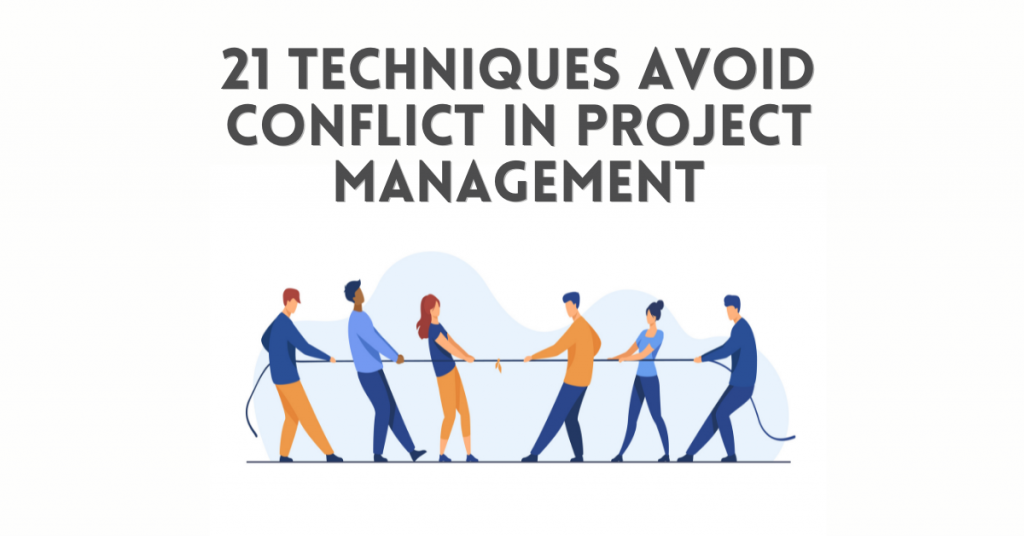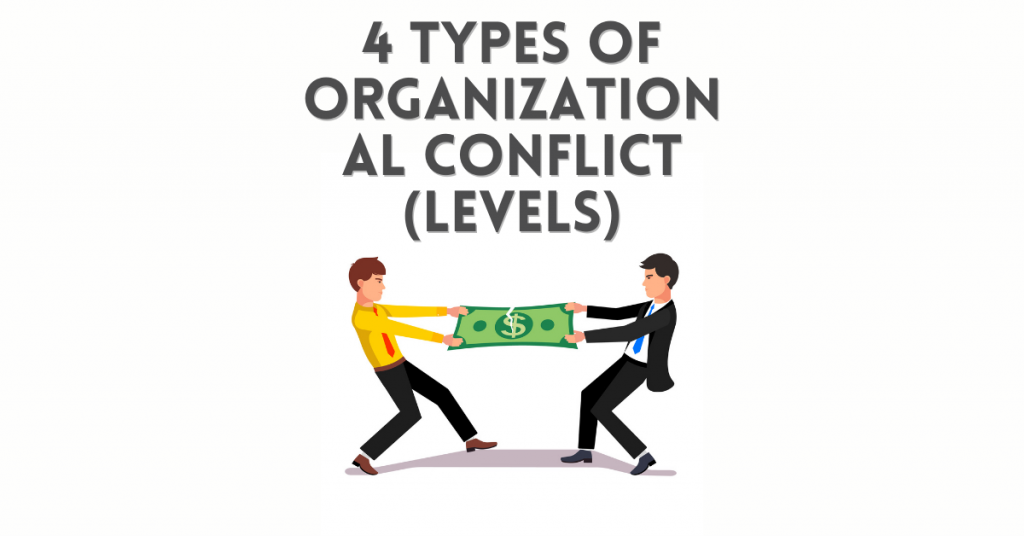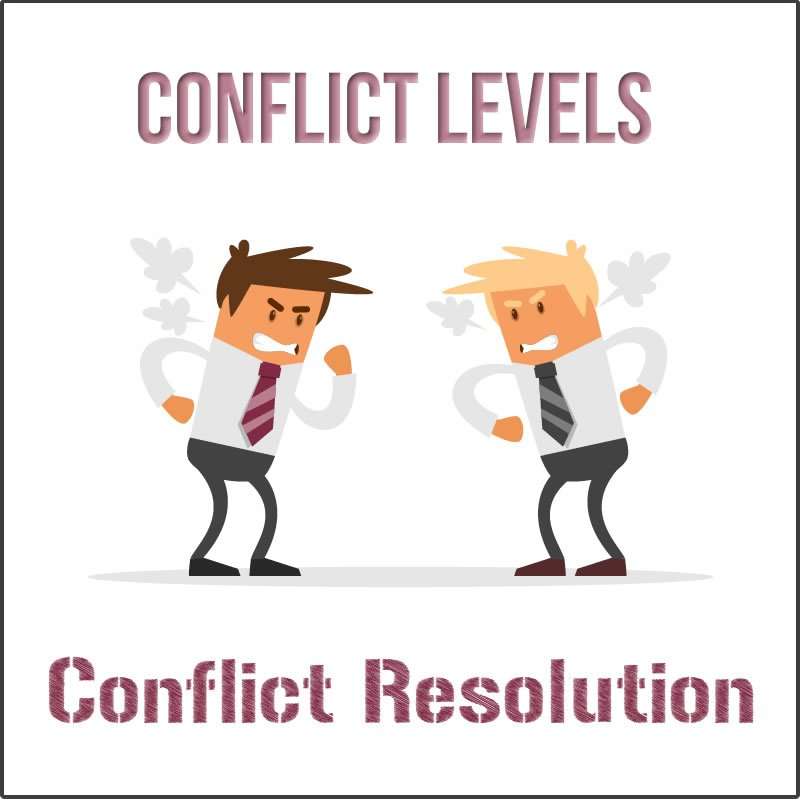Stakeholder management is a vital component of project management and is defined in the Project Management Body of Knowledge (PMBOK) as the process of identifying and managing stakeholders to meet project requirements.
This process involves determining the stakeholders’ needs, expectations, and level of influence on the project and developing a strategy to effectively communicate with stakeholders and resolve conflicts that may arise during the project.
Definition of Stakeholder management
In essence, stakeholder management is all about ensuring that the needs and expectations of all parties involved in a project are met and that the project is aligned with its goals.
This requires identifying all stakeholders, classifying them based on their level of interest and influence, and then stakeholder engagement with them to understand their needs and expectations.
Based on this information, the project manager must then develop a communication plan and a strategy for managing stakeholder expectations and resolving any conflicts that may arise.
Traditional Stakeholder Management
Traditionally, stakeholder management is executed in a more formal and structured manner. In this approach, stakeholders are identified, classified, and communicated with in a structured and controlled way.
Communication with stakeholders
The project manager is responsible for keeping stakeholders informed about the project’s progress, and feedback is taken into account, but stakeholders are not typically involved in decision-making processes. The primary focus is on meeting stakeholders’ needs and managing their expectations, rather than on active collaboration and involvement.
Agile Stakeholder Management
In contrast, Agile approaches to stakeholder management are more flexible and less formal. Agile approaches prioritize communication and collaboration with stakeholders and view them as an integral part of the project team.
Communication with stakeholders
In this environment, stakeholders are encouraged to provide feedback and make changes to the project as it progresses, which results in a more responsive and flexible project that is better equipped to meet the changing needs of stakeholders.
Types of Power In Project Management
In Project Management, the goal is to complete the project within the triple constraints of time, cost, and scope while at the same time achieving the required level of quality.
In order to do this, the project manager must have power.
As a project manager, you will often find yourself in a position of power. This power can come in many forms, from formal authority to more subtle forms of influence. It is important to understand the different types of power and how to use them effectively in order to successfully manage your projects.
In any organization, the project manager wields a great deal of power. But what kind of power does the project manager have?
The Project Management Body of Knowledge (PMBOK) identifies 14 different types of power
According to the PMBOK, some of the main ones can be
Referent power
Referent power is the ability to influence others through personal characteristics and relationships.
Expert power
Expert power is the ability to influence others through knowledge and expertise.
When you have expert power, people are more likely to listen to you and take your advice. This type of power is especially important in project management because it can help you get buy-in from team members and stakeholders. If you want to build expert power, start by becoming an expert in your field. Keep up with the latest research and trends, and share your knowledge with others.
Reward power
Reward power is the ability to give positive reinforcement to encourage certain behavior. In the context of project management, this could take the form of bonuses, raises, or other financial incentives. Reward power can be a very effective way to motivate team members to achieve project goals.
However, it’s important to use reward power wisely. If team members feel like they are only being rewarded for meeting project deadlines, they may start to cut corners or take shortcuts. And if rewards are given inconsistently, team members may become resentful or unmotivated.
For example, reward power should not be used to coerce team members into doing something that is unethical or against their personal values. Additionally, using reward power too often can create a sense of entitlement among team members and other stakeholders, which can lead to problems down the road.
When used properly, though, reward power can be a great way to help your team members stay focused and motivated.
Formal authority
Formal authority is the ability to influence others through one’s position in the organization. Also, it is important to consider that this is the most obvious and direct type of power. As the project manager, you have the authority to make decisions and give orders.
This type of power should be used sparingly, as too much formal authority can lead to conflict and resistance from team members.
There are other types of power, and each one can be used in different situations
- Personal Power
- Situational Power
- Reward Power
- Relational Power
- Punishment Power
- Pressure-based Power
- Persuasive Power
- Ingratiating Power
- Informational power
- Legitimate power
- Guilt Based Power
While Project managers need to use at least the top 4 five of these types of power at different times to be successful. Each type of power is unique and can be used in different ways to influence a project or individual.
Power is the ability to influence the behavior of others, and it’s an important tool for project managers. Knowing when and how to use each one is a key skill for project managers.
Traditional vs Agile stakeholder management
Level of involvement
One of the key differences between traditional and Agile stakeholder management is the level of involvement of stakeholders in the project.
In traditional approaches, stakeholders are often kept at arm’s length, and their input is limited to providing feedback on project deliverables.
In Agile approaches, stakeholders are considered part of the team and are actively involved in the project from start to finish.
This means that stakeholders have a much more hands-on role in the project, which can lead to a better alignment of the project with their needs and expectations.
Level of Formality
Another key difference between traditional and Agile stakeholder management is the level of formality.
Traditional approaches are often more formal and structured, whereas Agile approaches are more flexible and less formal.
This difference can be seen in the way that stakeholders are identified and communicated with, as well as in the decision-making processes involved. In traditional approaches, decisions are often made by the project manager, whereas in Agile approaches, decisions are made through a collaborative process involving all stakeholders.
Benefits of Effective Stakeholder Management
The benefits of effective stakeholder management are clear. By understanding the needs and expectations of stakeholders, the project manager can ensure that the project is aligned with their goals and that the project is executed in a way that meets their needs.
This can lead to increased stakeholder satisfaction and can help to avoid conflicts that could impact the project negatively.
Additionally, by actively involving stakeholders in the project, the project manager can benefit from their expertise and can better understand the challenges and constraints that they face.
Challenges of a Stakeholder management
However, stakeholder management is not without its challenges. Managing stakeholder expectations can be difficult, especially when stakeholders have conflicting needs and expectations.
Additionally, stakeholders may not always be fully engaged or invested in the project, which can make it difficult to get their feedback and input.
Furthermore, stakeholders may have limited resources, which can make it difficult to engage with them effectively.
4 key Best Practices for newbie Project Managers
- Seek feedback: Seek feedback from stakeholders on your performance as a project manager and on the project itself. Use the feedback to continuously improve and better meet the needs of stakeholders.
- Evaluate and adjust: Continuously evaluate your stakeholder management approach and make adjustments as needed. This will help ensure that you are meeting the needs and expectations of all stakeholders and that the project is on track to meet its objectives.
- Involve stakeholders: Involve stakeholders in the project from the beginning. Encourage them to provide feedback and share their concerns. This helps build trust and ensures their expectations are aligned with the project objectives.
- Be transparent: Be transparent about the project’s progress and any challenges you may face. Keep stakeholders informed about the project’s status and what to expect next.
6 Tips to Effectively Lead Projects to Successful Completion
Leading projects can be one of the most challenging tasks any leader can take on….
5 x Referent Power Examples in Organizations
Referent power is a style of leadership that is based on the leader’s personal qualities…
13 Types of Leadership Reward Power at Work
Leadership reward power is the ability of a project manager to give rewards to team…
Accountability vs Responsibility In Project Management
In project management, accountability is the process of determining who is responsible for completing each…
How to be the Bearer of Bad News in Project Management
In project management, the bearer of bad news is the person who is responsible for…
21 Avoidable Cause of Conflict in Project Management
Conflict is an inevitable part of our lives. Managing the cause of conflict is a…
4 Types of Organizational Conflict (Levels)
Organizational Level of Conflict is always present in organizations and need to be identified by…
How to Recognize the 5 Conflict Levels in the Workplace
Conflict is always present between stakeholders in any project but there are different conflict levels…

